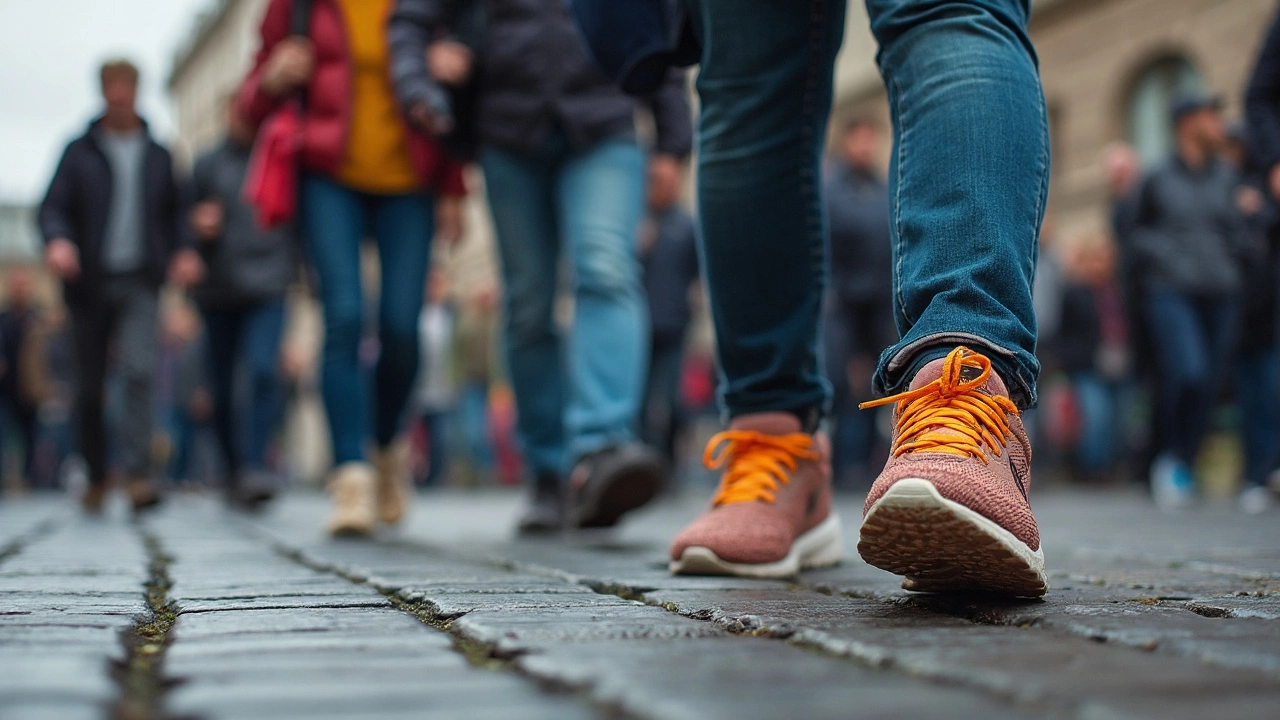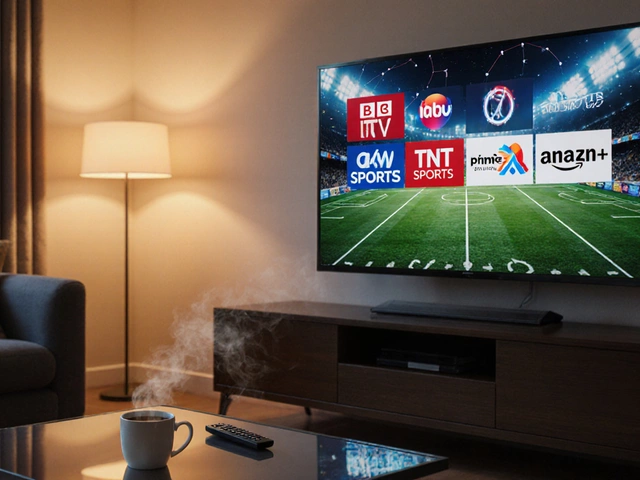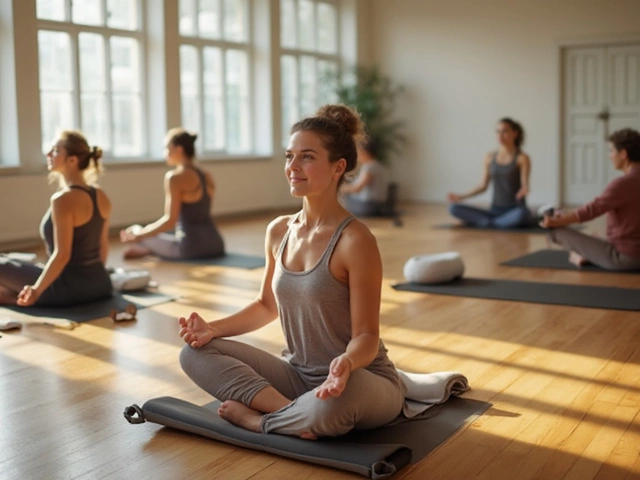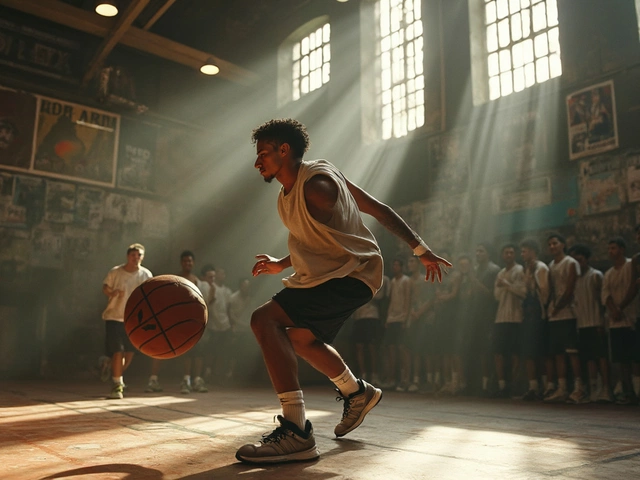Running Shoe Tips: What Actually Works for Every Runner
When it comes to running shoe tips, practical advice that helps runners avoid injury and run longer without pain. Also known as running shoe guidance, it's not about the flashiest design or the highest price tag—it's about matching your foot, your stride, and your goals to the right pair. Too many runners buy shoes based on looks, ads, or what their friend uses. That’s how blisters, plantar fasciitis, and shin splints start.
Good running shoe fit, how a shoe supports your foot’s natural movement without restricting it means your heel doesn’t slip, your toes have room to spread, and the midsole feels like a cushion that pushes back, not collapses. You don’t need a professional gait analysis at a fancy store to get this right—just walk or jog around the store with the shoes on, and pay attention to how your foot feels after five minutes. If your arch feels unsupported or your big toe is squished, keep looking.
running shoes, footwear designed specifically for forward motion, shock absorption, and durability over long distances come in different types: neutral, stability, motion control, and minimalist. Most runners need a neutral or stability shoe. Minimalist shoes? Only if you’ve built up to them slowly over months. A shoe that worked for someone else might be the worst choice for you. Your weight, your training volume, your foot shape—all of that matters more than the color.
Replace your running shoes, footwear designed specifically for forward motion, shock absorption, and durability over long distances every 300 to 500 miles. That’s not a suggestion—it’s a rule. Even if they look fine, the foam breaks down. You won’t feel it until your knees start aching. Keep a log. Write down when you bought them. Track your miles. It’s the simplest way to avoid injury.
Don’t ignore your socks. A good pair of moisture-wicking, seamless socks can make a bigger difference than most people think. Cotton socks? They’re the enemy. Wet feet = blisters. Blisters = stopped runs. It’s that simple.
And here’s something no one tells you: your shoes should change as your running changes. If you’re training for a 5K, you might want a lighter shoe. If you’re logging 50 miles a week? You need more cushion. If you’ve gained or lost weight? Your foot’s pressure points shift. Your shoe needs to shift too.
There’s no magic formula. But there are clear patterns. Runners who stick with the right shoes run longer. They get fewer injuries. They enjoy it more. The posts below pull from real experiences—runners who fixed their pain by changing shoes, not by stretching more or icing more or seeing a specialist. Sometimes, the answer is just in your feet.
Can You Walk All Day in Running Shoes? Real-World Comfort and Surprising Facts
Ever wondered if your running shoes can handle a full day on your feet? This article digs into comfort, support, and wear-and-tear if you use running shoes for all-day walking. Discover what happens to your feet, how shoes hold up, and which features matter. Get expert-backed tips and learn about the subtle differences between running and walking shoes. Find out if running shoes fit your lifestyle beyond the treadmill.





